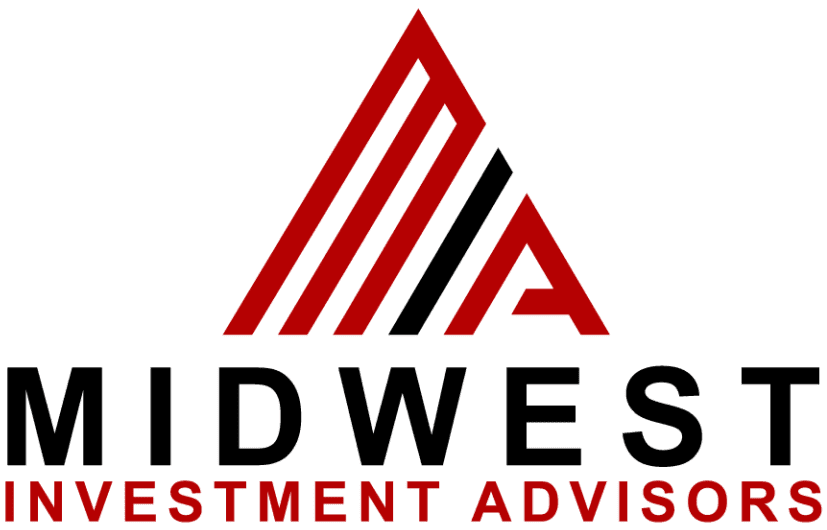What we can do for your property
Investing in commercial real estate involves analyzing market trends, securing financing, and choosing properties that offer strong potential for returns.
A cap rate between 5% to 10% is generally considered good, but it can vary widely based on asset type and location. In the world of commercial real estate, a capitalization rate, or cap rate, is a key metric used to evaluate the return on an investment property. A cap rate between 5% to 10% is generally considered good; however, the ideal cap rate varies significantly by the property type, location, and the risk profile of the investments. For instance, a high-quality, well-located property may have a lower cap rate due to its lower risk and higher demand, while a property in a less desirable area may have a higher cap rate to compensate for its higher risk. Investors should consider the local economic climate, expected growth, and compare cap rates within the specific market segment to determine what constitutes a 'good' cap rate for their investment criteria.
Look for brokers with a strong track record in representing tenants, a deep understanding of the local market, and a client-focused approach. When seeking a tenant rep broker, your aim should be to find a professional who has not only a thorough knowledge of the local market but also a clear understanding of your business needs. Start by seeking referrals from your network, reading reviews, and researching the transaction history of potential brokers. It's crucial to choose a broker who has a proven track record of negotiating leases that align with tenants' strategic and financial objectives. You want a broker who is well-connected and can provide you access to the best available spaces, often before they hit the open market.
Start with commercial real estate firms known for their market presence in Chicago, which specialize in pairing properties with the right tenants. Chicago's commercial real estate market is dynamic and competitive. To lease space in such an environment, partnering with a firm that has a strong presence and deep connections within the Chicago market is key. Look for firms that have comprehensive listings and a team of skilled brokers who understand the nuances of the Chicago commercial landscape. They should be able to offer you insights into neighborhood trends, foot traffic data, and the local business ecosystem to help you find a space that meets your specific business requirements.
Utilize aggressive marketing, offer competitive rates, and ensure your property is well-maintained to attract and retain tenants. Filling vacant retail spaces requires a proactive approach. Start by ensuring the space is visually appealing and in good repair, as first impressions are critical. Implement a targeted marketing strategy that includes online listings, social media, and networking with local businesses. Offering incentives, such as reduced rent for the first year or a tenant improvement allowance, can also be effective.
Diversify and secure leases with creditworthy tenants.
To shield commercial investments from downturns, investors should spread their risk across different property types and markets and secure leases with reliable tenants. For instance, diversification can mean investing in mixed-use properties, industrial spaces, and multifamily units across various geographies. Securing leases with creditworthy tenants means targeting companies with strong financials or industries less sensitive to economic shifts, which can ensure steady rental income even when the market is volatile.
Rapid price growth and speculative investing are key signs.
Indications of a bubble in commercial real estate include unusually rapid increases in property prices and high levels of speculative investment. For example, if prices in an area are skyrocketing without corresponding economic growth or if there's an influx of 'flipping' investments where buyers look to quickly resell for profit, a market correction might be on the horizon.
Peak cycles suggest caution for new investments.
If the commercial real estate market is at a peak, it's often characterized by high property values and increased investment activity. This can be a double-edged sword for investors, as the high point suggests potential for maximum returns on sales but also indicates the possibility of an impending market adjustment. During peak cycles, investors might benefit from selling non-core assets or refinancing to lock in lower interest rates, rather than acquiring more property.
Supply, demand, and economic factors drive cycle impacts.
The real estate cycle's influence on commercial property prices is pronounced in the Midwest, just as it is elsewhere. During expansion phases, increased demand can drive up prices, while oversupply during contraction phases can depress them. In the Midwest, economic factors like job growth, population shifts, and industry developments can significantly impact the cycle's effects on property prices. For instance, a tech boom in a Midwestern city could drive up office and multifamily property prices as demand surges, highlighting the importance of staying attuned to local economic trends.
